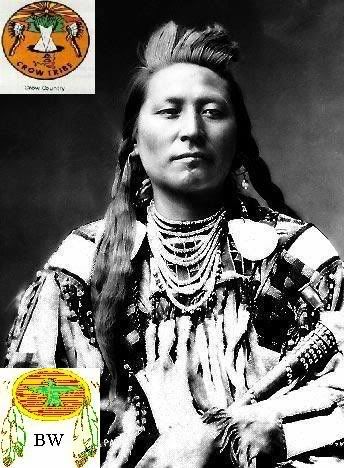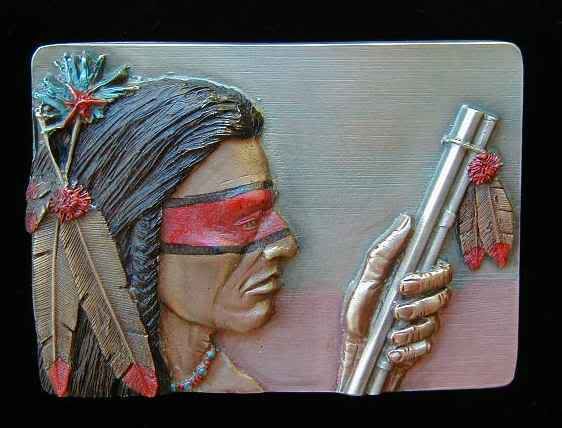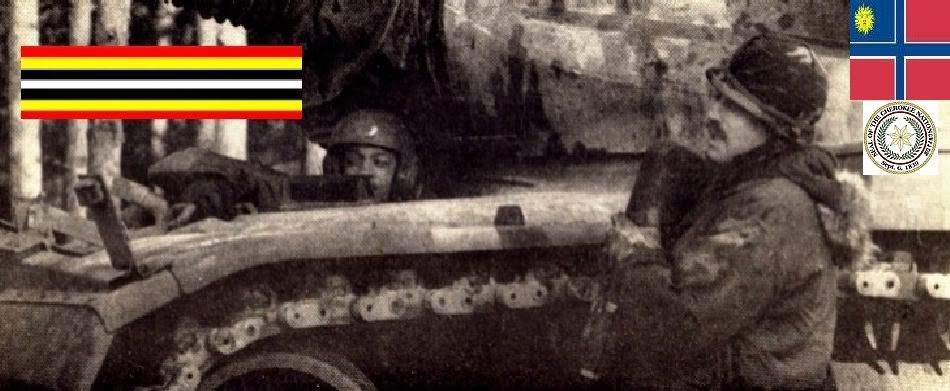|

Chief Plenty Coups
(1848 – 1932)
Warriors Citation
Plenty Coups, whose Crow name meant "Many Achievements," was the principal chief of the Crows during the latter stages of
the plains wars. He spearheaded the Crow strategy to cooperate with the U.S. Army in its pursuit of the Cheyennes, Sioux,
Arapahoes, and other hostiles. Plenty Coups's Crows provided scouts for George Armstrong Custer in his loss at the Little
Bighorn in 1876; he mourned Custer's death. Plenty Coups was groomed for chieftainship from the early age and was paid uncommon
attention as a child by the crows. When Plenty Coups was nine years of age, one of his brothers was killed by the Sioux, creating
in the boy a lifelong enmity. The Sioux had earlier pushed the Crows westward into the Little Bighorn country from the Black
Hills area. Their new homeland was located in the midst of one of the last surviving large buffalo runs on the Plains and
became a site of competition between the Crows and their traditional enemies. In boyhood, Plenty Coups was beset by harrowing
dreams in which the buffalo disappeared from the Plains and white men's cattle replaced them. He told the dreams to the Crow's
spiritual leaders, who concluded that the tribe would suffer less if they cooperated with the invaders. Plenty Coups did not
appear to be reacting out of fear but out of pragmatism. He had a healthy taste for battle and joined the warriors of the
Crow by taking his first scalp (and captured two horses) at age fifteen. Following Plenty Coups vision, 135 Crow warriors
volunteered to serve as scouts for General George Crook in the 1876 campaign that resulted in the deaths of Custer and 225
of his men at the Little Bighorn.

Plenty Coups worried that Crook was not prepared forCrazy Horse's Lakotas and Washakie's Shoshonis when they met in battle
on june 16, 1876. He was correct; Crazy Horse routed Crook and his Native American allies in a battle that presaged Custer's
Last Stand nine days later. After the Custer battle, the Crows under Plenty Coups continued to support the U.S. Army as it
drove the Cheyennes and the Sioux into subjugation. Crow warriors aided in the pursuit of Sitting Bull into Canada, the hounding
of the Northern Cheyennes, and the surrender of Crazy Horse. Plenty Coups urged his people to become farmers and ranchers,
and he abandoned his tepee for a log farmhouse. He also opened a general store so that the Crows could buy trade goods at
fair prices. Plenty Coups traveled to Washington, D.C., several times after 1880 to assure trade and aid for the Crows. He
was noted for his sagacity in business dealings. Not all of the Crows supported him, however, like other Native American tribes
and nations, they had been sickened and killed by smallpox and other diseases. Many young warriors also resented being confined
to a reservation. Nearly three hundred Crow opponents of Plenty Coups joined forces in fall 1887 with the young firebrand
Sword Bearer, who sought to prove his acumen as a warrior by leading a horse raid on the neighboring Blackfoot. On their return,
Sword Bearer and his companions paraded through Crow Village with their captured horses and confronted the local Indian agent,
H. E. Williamson, who sent to Fort Custer for troops. Sword Bearer's group then galloped into the mountains and spurred a
rash of rumors of an alliance with the Cheyennes and Sioux that would decimate white settlements and Plenty Coups' "good Native
Americans". Plenty Coups eventually persuaded Sword Bearer to lay down his arms. While Plenty Coups was a longtime ally of
the whites, he was often critical of their character.
During World War I, Plenty Coups encouraged young Crow warriors to leave the enforced idleness and alcoholism of the reservation
and join the U.S. Army. After the war, in 1921, he was chosen to represent all Native Americans at the dedication of the Tomb
of the Unknown Soldier in Arlington, Virginia. In 1928, his health failing, Plenty Coups willed his personal real estate,
about two hundred acres, to the U.S. government for the future use of the Crow people. Plenty Coups died March 3, 1932. The
Crow Council at the time so revered him that its members refused to name another principal chief in his place. From: historical
accounts & records


LINK TO BRAVEHORSE WARRIORS VOLUME TWO
|

